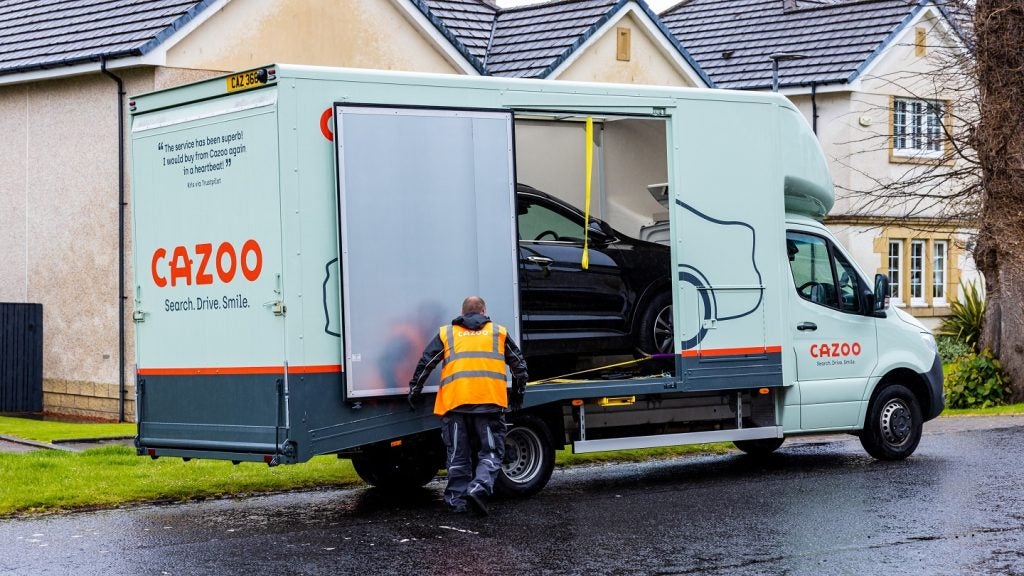Last month, the Motor Ombudsman launched its #talk2resolve campaign, which aimed to highlight the importance of consumers speaking to motor businesses directly to resolve a complaint, before involving an alternative dispute-resolution provider. Sean Kulan, consumer credit sector lead at Huntswood, writes.
Rather than following the usual complaints process and reporting issues to providers, the Motor Ombudsman has found that customers often escalate problems straight to it, bypassing the provider entirely.
At the heart of the #talk2resolve campaign is a call for better, two-way communication and transparency between motor businesses and their customers – a lesson that can be applied across the whole gamut of the motor customer journey.
If customers take the recommended steps and contact their providers instead of the relevant ombudsman, more cases would be resolved without the need for costly and time-consuming legal action. This would be a welcome change of pace for the Motor Ombudsman, for customers and for the industry in general.
It’s Simple: Communicate
The #talk2resolve project is particularly timely, coinciding as it does with the FCA’s recent publication of its report scrutinising the motor finance sector.
If conversations between customers and providers have not been clear, open and honest from the beginning, consumers may not know what rights they have and what the formal complaints process is. More significantly, customers may have lost faith that the provider has their best interest at heart, believing complaints will only be dealt with justly if they seek independent mediation.
How well do you really know your competitors?
Access the most comprehensive Company Profiles on the market, powered by GlobalData. Save hours of research. Gain competitive edge.

Thank you!
Your download email will arrive shortly
Not ready to buy yet? Download a free sample
We are confident about the unique quality of our Company Profiles. However, we want you to make the most beneficial decision for your business, so we offer a free sample that you can download by submitting the below form
By GlobalDataTo remedy this and strengthen trust, motor businesses must commit to communicating simply and transparently at all stages of the customer journey. If they do, customers will feel more confident in approaching their provider with an issue or question, leading to better customer outcomes and continuing loyalty. Perhaps most importantly, this will also allow more chances for firms to learn from their mistakes.
For many motor firms, shifting to a customer-centric model requires them to evaluate and change their company culture, which can be a daunting and challenging task, but certainly worthwhile in the long run.
Analysing the Process
Motor businesses should also consider other ways it can reduce the number of customer complaints that are arising, and the number that proceed to the Motor Ombudsman.
One way to do this is to analyse the complaints caseload and look for common themes that appear to be causing spikes in customer interactions. This is the beginning of thorough root cause analysis (RCA), and for it to be effective, companies need to have sufficiently granular management information on the complaint caseload.
RCA is the process of looking at all complaints and identifying the underlying reasons – the root causes – that contribute to a problem or an event. Once the root cause is found, companies can devise solutions to correct or eliminate that issue. This prevents future occurrences of the initial problem, avoids systemic failures, and ensures that company operations are always improving. The goal is this: no repeated complaints for known reasons.
As well as identifying common themes, businesses will want to assess whether their handling of complaints is fair and, if anything, could have been done differently.
They will also want to analyse the number and nature of complaints that are being escalated to the Motor Ombudsman. These rates should then be compared to the industry average. Each firm will have its own view on what ombudsman referral rate is satisfactory, but it goes without saying the lower this is, the better. This information should then be used to inform internal processes so firms can improve the customer experience and further reduce complaints.
A Roadmap to Success
As well as avoiding the financial and reputational damage that comes with escalated complaints, companies that foster good, transparent communication, eliminate repeat issues and focus on improving the customer journey will be rewarded with strengthened relationships.
As #talk2resolve has highlighted, communication works both ways. If providers demonstrate they are doing everything in their power to communicate clearly from the very beginning, customers will in turn feel more able to have an open dialogue should any difficulty arise and seek a solution without outside mediation.
by Sean Kulan







